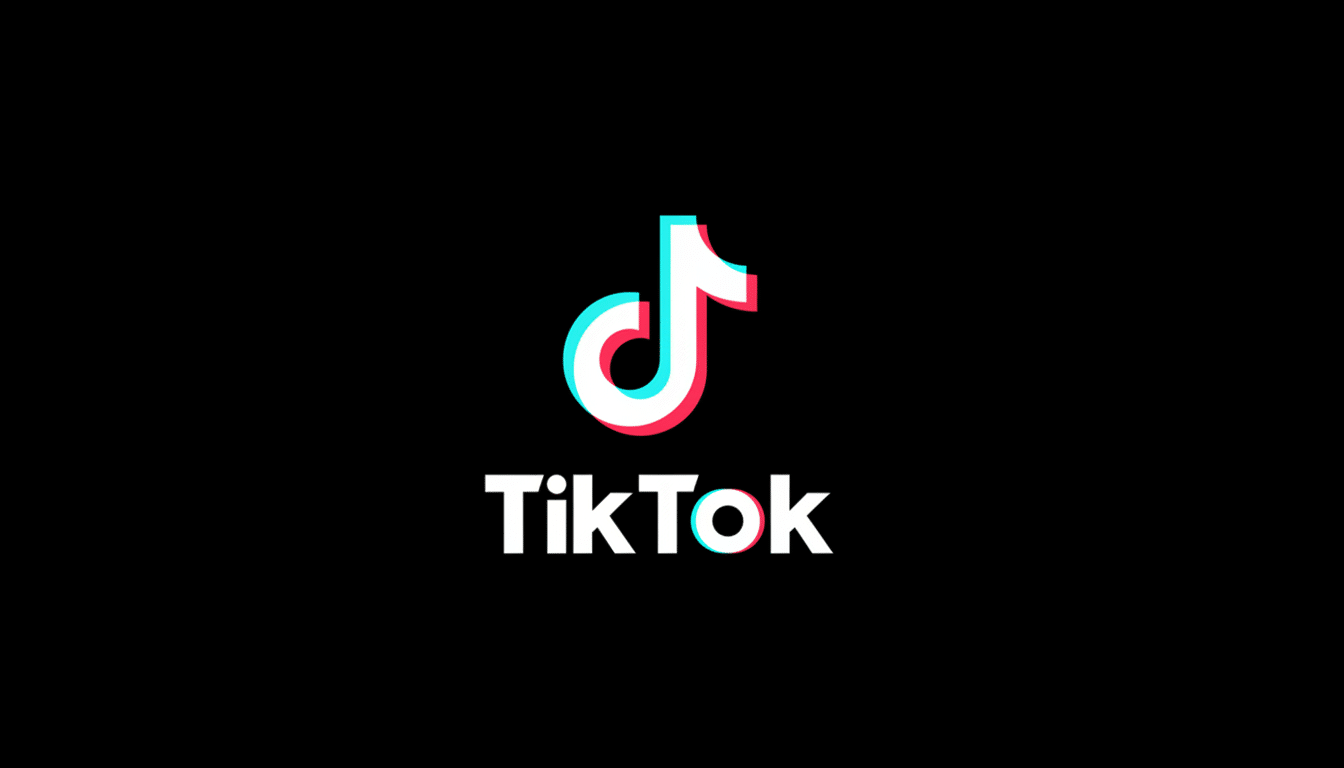TikTok is offering users more control over their feeds, the social media company said on Wednesday as it introduced a setting that lets people determine how much AI-recommended content shows up in the For You stream.
In addition to the control, the company has been experimenting with invisible watermarking to bolster AI labeling and has started a $2 million fund to promote AI literacy.
- How TikTok’s AI Content Dial Functions for Feeds
- Stronger Labels With Invisible Watermarks
- Why TikTok Is Introducing These AI Controls Now
- Impact on Creators and Brands as Users Tune AI Content
- AI Literacy and Safety Work Supported by $2 Million Fund
- What Users Will See Next as the AI Content Dial Rolls Out

How TikTok’s AI Content Dial Functions for Feeds
The new control goes inside Content Preferences under Manage Topics, where users already might fine-tune categories like Sports or Food & Drinks or Dance. Now, TikTok is joining the ranks of platforms that include AI-generated content in that list via an easy-to-use slider, so users can see fewer or more posts from AI without ever blocking them completely.
Crucially, the feature doesn’t eliminate AI content from feeds; it changes how often it shows up. That design choice parallels how TikTok approaches other topics, favoring personalization over hard filters so that dead ends for discovery aren’t accidentally created within its walls.
The feature is being rolled out over the next few weeks. Like all ranking changes, users may see some fluctuation in the relevance of search results over time, as the system learns to match content with new interests and levels of engagement.
Stronger Labels With Invisible Watermarks
TikTok already mandates that creators tag realistic AI-upgraded content and will read Content Credentials from the Coalition for Content Provenance and Authenticity (C2PA) industry standard, which embeds tamper-evident metadata in images or video. But metadata can be stripped when a clip is downloaded, modified, or reuploaded elsewhere, which undermines reliability across platforms.
To bridge that chasm, TikTok is testing invisible watermarking on AI outputs created with its own tools — such as AI Editor Pro — as well as on uploads featuring C2PA Content Credentials. Invisible marks are not visible to viewers and are built to outlast common edits, providing TikTok with a secondary signal to fact-check and label AI-generated content even as metadata is trimmed away.
It’s a direction in keeping with wider industry trends. Google DeepMind’s SynthID uses a similar approach for images and audio, and Adobe’s own Content Credentials has gained traction with the C2PA consortium, which includes major newsrooms and tech platforms. Stacking these approaches enhances provenance throughout a cacophonous, cross-platform sharing environment.
Why TikTok Is Introducing These AI Controls Now
AI-native video is accelerating. Meta recently rolled out a short-form experience centered around AI, and Sora — an OpenAI creation — has prompted a wave of hyper-realistic generative clips rapidly moving across social platforms. In doing so, TikTok is straddling a divide between two user groups: those who want to embrace AI creativity and those who enjoy human-shot content.
The timing also follows increased scrutiny around manipulated media. Pew Research Center has found that many adults cannot tell if they are looking at AI-generated images, and regulators in different regions have called for clearer labeling as well as user choice. TikTok’s approach of combining user controls with multi-layer labeling is consistent with those expectations while also protecting the app’s discovery mechanics.

There is a pragmatic business angle as well. Data.ai estimates that people now spend over five hours per day in mobile apps worldwide, with short video being among the top attention grabbers. Providing people with tuning knobs for AI-directed content is part of what has allowed TikTok to keep engagement up as the mix of formats changes.
Impact on Creators and Brands as Users Tune AI Content
For AI-experimenting creators, distribution will be audience-appetite dependent. If viewers turn the dial down on AI content generally, polished human-first storytelling may gain relative visibility; if they crank it up, AI-forward creators could experience a boost. Either way, clear labeling can minimize the possibility that expectations will not be met — and watch time will suffer.
For brands and advertisers, more predictable disclosure will probably come as a welcome change. Trusted labels support brand safety and compliance, especially for campaigns that eschew the use of synthetic humans or human products. This has the potential to reduce false-positive and false-negative detections where provenance signals are consistent across C2PA metadata and TikTok’s invisible watermarking.
AI Literacy and Safety Work Supported by $2 Million Fund
To help with educating users, TikTok is also investing $2 million in an AI literacy project for organizations focused on generating safety and media education content. Early partners include organizations such as Girls Who Code, which can boil down technical concepts into palatable lessons in short form that the young-skewing platform’s users find digestible.
Education is important, because labels help only to the extent that people know what they mean. Clear signals, consistent lingo, and brief explainers incorporated into the product can help users sensibly interpret “AI-generated” rather than falling back on fear or hype.
What Users Will See Next as the AI Content Dial Rolls Out
To test the control, open Settings, tap Content Preferences, then Manage Topics and drag a slider for AI-generated content. Don’t expect immediate adjustments as you swipe; it combines your setting with watch time, shares, and skips in an effort to improve results.
You should see AI tags start to appear more frequently on remixed or reuploaded clips, as labeling toughens with the use of invisible watermarks and Content Credentials.
In a feed that changes as rapidly as TikTok’s, a humble dial for synthetic media is a modest bit of design with outsize effect: It gives the viewer agency again without breaking discovery’s spell.

